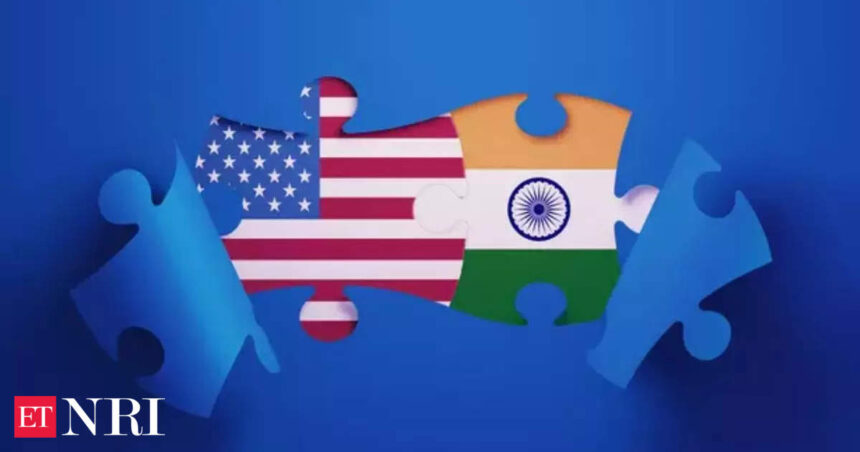Why Indian-American voters matter
There are approximately 5.2 million people of Indian origin living in the US today, of whom 3.9 million are eighteen or older. Based on 2022 data, a report by the Carnegie Endowment for International Peace on Indian voter preferences estimates that there are approximately 2.6 million eligible American Indian voters today. While the Indian diaspora comprises a small portion of the overall electorate, several factors have led to heightened attention for this group in this election year. the report said.
Between 2010 and 2020, the American Indian community has grown by 50 percent, making it the second largest immigrant community by country of origin, trailing only Mexican Americans. Data from the Indian American Attitudes Survey (IAAS) by the Carnegie Endowment for International Peace suggests that 96 percent of registered American Indian voters will vote in this election.
(Join ETNRI WhatsApp channel for all latest updates)
The report further states that the high socioeconomic status of the American Indian community has been an attractive target for campaigns conducted by both parties; The median household income for American Indians is approximately $153,000, more than double the figure for the country as a whole.
The survey found Asian Americans may be slowly shifting their allegiance from the Democratic Party, their traditional choice, to the Republican Party. Harris’s Indian roots as well as the presence of Usha Vance and Vivek Ramaswamy in the election this time have contributed to the Indian factor.
Indian-American voters in swing states
Although more than 160 million voters in total are expected to cast their ballots in the US election, only half a million Indian-American voters in the seven swing states are also counted. 400,000 Asian Americans, Native Hawaiians and Pacific Islanders have become new potential voters in the past four years through relocation, gaining citizenship or turning 18, Shekar Narasimhan, national chairman of the AAPI Victory Fund, a political action committee that supports Democrats, said. Bloomberg.
According to figures from AAPI Data, a leading research and policy organization that produces data on Asian American, Native Hawaiian and Pacific Islander communities, American Indians are the largest Asian ethnic group in Georgia with 177,310. Pennsylvania has the second highest American Indian presence at 166,355, followed by 129,025 in Michigan, 124,397 in North Carolina, 68,957 in Arizona, 37,264 in Wisconsin and 19,828 in Nevada.
Industrialist and founder of Republican Hindu Coalition, Shalabh Shalli Kumar, who supports Trump, told ANI. “The race is very tight in the battleground states. There is no question about it. But, when we compare it to 2016, at this time, Hillary is five to six points in the polls and we say that this time. Unless something happens in the 24 hour or 36 hours later, President Trump will win.
“The difference here will be the votes of Hindus and Indians in the warring states, which is almost a million in the seven warring states when you combine them. Hindus and Indian Americans will decide who will be the next president of the United States,” he added.
American Indians are moving to Democrats
Historically, Indian-Americans have leaned heavily toward the Democratic Party. However, a recent survey shows an important shift in this loyalty. According to the 2024 IAAS survey, only 47% of Indian-Americans now identify as Democrats, down from 56% in 2020. This decline reflects dissatisfaction with the Democratic Party, especially among younger voters and men in the community .
Support for Kamala Harris, the Democratic candidate and current vice president of Indian descent, is also showing signs of declining. About 61% of Indian-American respondents expressed their intention to vote for Harris, which represents a decrease of almost 7 percentage points compared to Joe Biden’s support in 2020.
The 2024 elections have made Indian-American voters a political force to be reckoned with. They may have more influence on American politics because more are politically mobilized and understand the value of their vote.
(With input from agencies)




